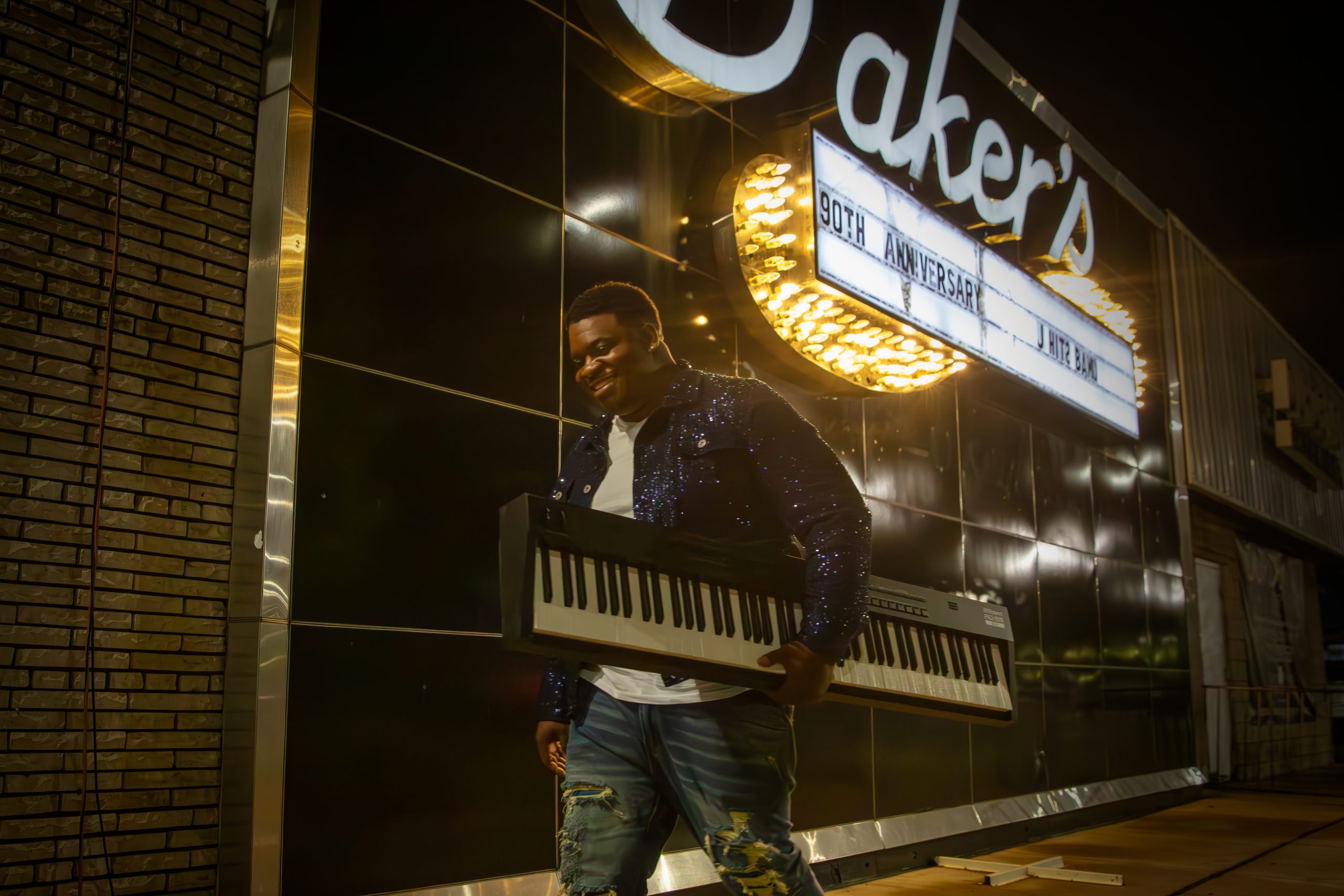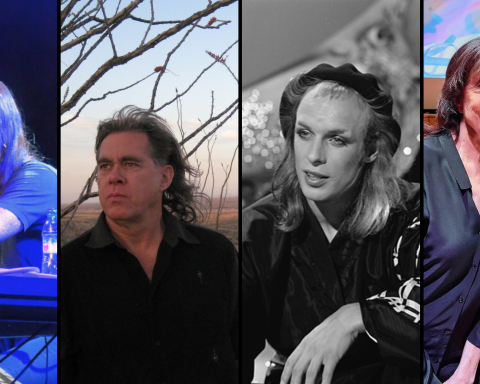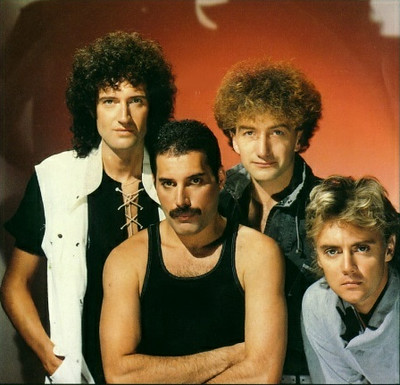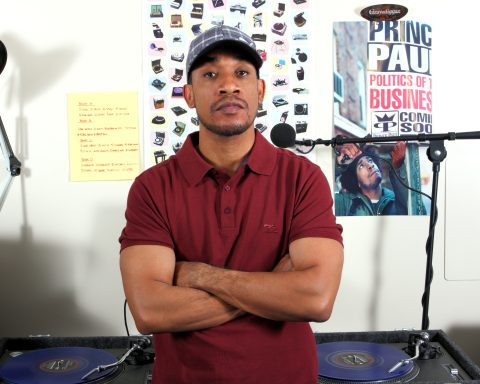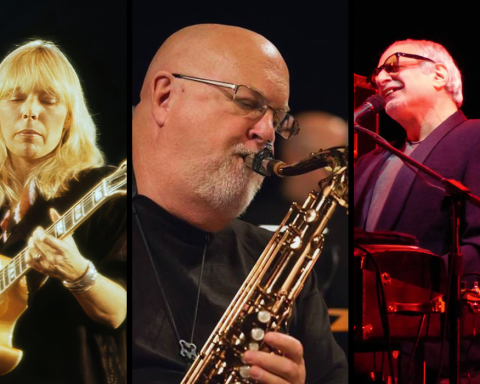Roland has always worked to create the ultimate electronic piano feel and sound; this aim has been evident since the 1972 release of the EP-30 electronic piano. With the RD-1000 in 1986, Roland transformed the music world, debuting a line that would become revered by players like Rick Wakeman, Ed Sheeran, and Elton John. The RD spirit of innovation continues four decades later with the RD-2000 EX, RD-88 EX, and RD-08. So, how did the RD series arrive at this point, and what has made it so beloved among professionals? Prepare to dive into the history of this extraordinary family of stage pianos.

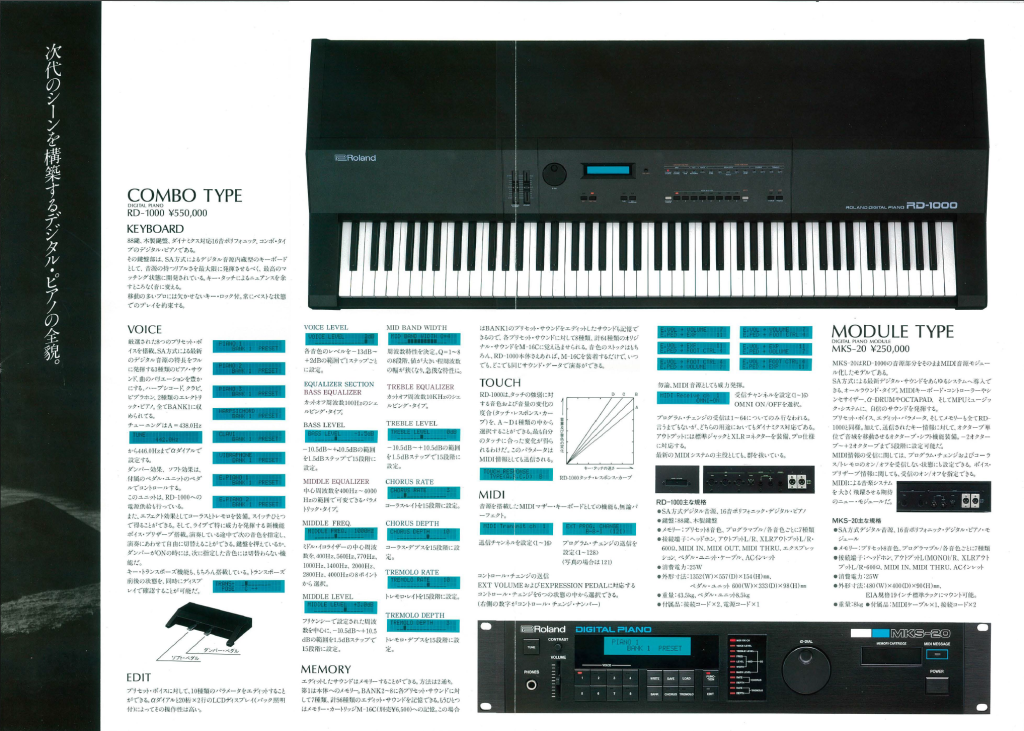
New Ground, New Sound
In the early days of synthesis, producing a realistic piano sound was a tricky proposition. The 1986 release of the RD-1000 overcame this barrier by introducing SA Synthesis (Structured Adaptive Synthesis). The technology divided the keyboard into 30 zones, increasing the ability to focus on different pitches, brightness, and harmonic string interactions. This innovation was a considerable advance in digital piano realism.
The RD-1000’s 88-note weighted keyboard and solid wooden keys had a natural playing feel. The onboard three-band EQ, chorus, and tremolo effects gave performers hands-on control to shape their electronic piano sounds. The RD-1000 also had three key touch settings, adjusting the piano’s feel for soft, medium, and hard playing. The module version of the RD-1000, the MKS-20, became a Roland classic and a staple piece of gear in studios worldwide. A pair of junior models filled out the series: the smaller RD-200 (76 keys) and the RD-300 (88 keys).
The Voice Preserve function on the RD-1000 made the instrument’s diverse sound range easily accessible, a boon for live players. When enabled, Voice Preserve allowed players to select voices, a change that would not occur until playing stops or they released the damper pedal.
"The Voice Preserve function on the RD-1000 made the instrument’s diverse sound range easily accessible, a boon for live players."
The Real Thing
In 1987, the RD series debuted the RD-250 and RD-300. These models featured a new keyboard action, using lead weights to replicate the feeling of a raised and dropped piano hammer. The RD series maintained popularity through successive models; these electronic piano sounds featured heavily in early house music. In addition, the RD-1000 famously became the go-to piano for live performances by the legendary Elton John.
1994 marked the arrival of the RD-500. Applying the developing technology of digital keyboards, the RD-500 could host 121 sound variations, a pronounced improvement from the RD-1000’s eight presets. The RD-500 also had increased polyphony, a Hammer–Action keyboard for increased playing realism, and a lighter weight than its 88-note predecessors.
The RD-500 expanded on the live performance keyboard concept with new features designed specifically for the stage—notably TX (transmit). This function allowed players to create a bank to transmit via MIDI, independent of the settings that the internal sounds used. Using TX parts alongside the instrument’s internal sounds, players could control four voices with different keyboard ranges and simultaneously transpose MIDI values. It was also possible to handle complex parts and performances using the RD-500 as the master keyboard.
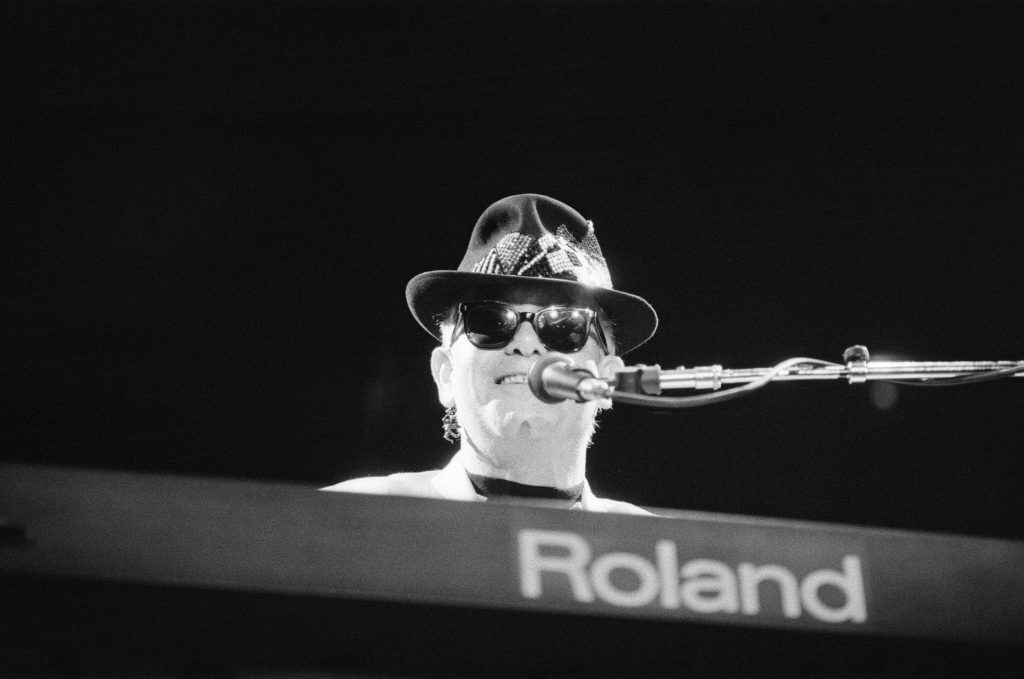
"The RD-500 also incorporated several successful features from Roland synthesizers, including the ability for players to adjust the envelope to detune different layers."

The RD-500 also incorporated several successful features from Roland synthesizers, including the ability for players to adjust the envelope to detune different layers and an adjustable pitch bend lever.
Hammer Time
In 1997, Roland released the RD-600. The instrument further refined the piano realism synonymous with the RD series and featured PA-4 Hammer–Action, the most realistic action then available. The RD-600 also contained an expanded sound set, with sounds from the VE-RD1 and SR-JV80 expansion boards, which were developed for the A-90/A-70 Controllers and the JV-80 synthesizer, respectively.
In addition, the RD-600 featured enhanced 64-note polyphony and 16 parts, further expanding the ability to control multiple voices. Effects on the RD-600 arrived pre-installed, with specific settings for each patch. Instant optimization for live playing was evident when players dialed effects in.
In 1999, Roland introduced a lower-priced RD model, the RD-100. This affordable 88-note Hammer-Action keyboard featured nine amazing RD-quality sounds with split and layer options without features like the separate MIDI TX section.
"In 2001, the next step in piano realism arrived with the RD-700. Its 64 MB stereo sampled wave memory contained a fresh piano and a collection of Roland’s finest instrument sounds."
The Legend Evolves
In 2001, the next step in piano realism arrived with the RD-700. Its 64 MB stereo sampled wave memory contained a fresh piano and a collection of Roland’s finest instrument sounds. It also included expansion cards, as in the JV and XV Series; two SRX slots tripled the library for a tailored set of sounds. The RD-700 also introduced a much more extensive collection of rhythms and an arpeggiator with 45 styles, including guitar strumming.
That same year, the RD-100 was upgraded to the RD-150, which incorporated new features from the RD-700, most notably its incredibly realistic piano sound. Meanwhile, the RD-700 itself underwent several evolutions. The RD-700SX, RD-700GX, and RD-700NX progressively expanded on the capabilities of their predecessors, all while maintaining the classic RD aesthetic and ease of performance.
Dawn of the SuperNATURAL
The RD-700GX had the Roland SuperNATURAL E. Piano inside, dramatically improving playing resolution. Previously, playback of different samples, combined with a computer algorithm to adjust the pitches for the notes between the samples, provided the basis for electronic pianos. The SuperNATURAL A. Piano engine differed by utilizing a separate set of samples for every key and a dynamic algorithm that offered 16,000 different levels for each note—delivering an incredibly smooth response.
"The RD-700GX had the Roland SuperNATURAL E. Piano inside, dramatically improving playing resolution."
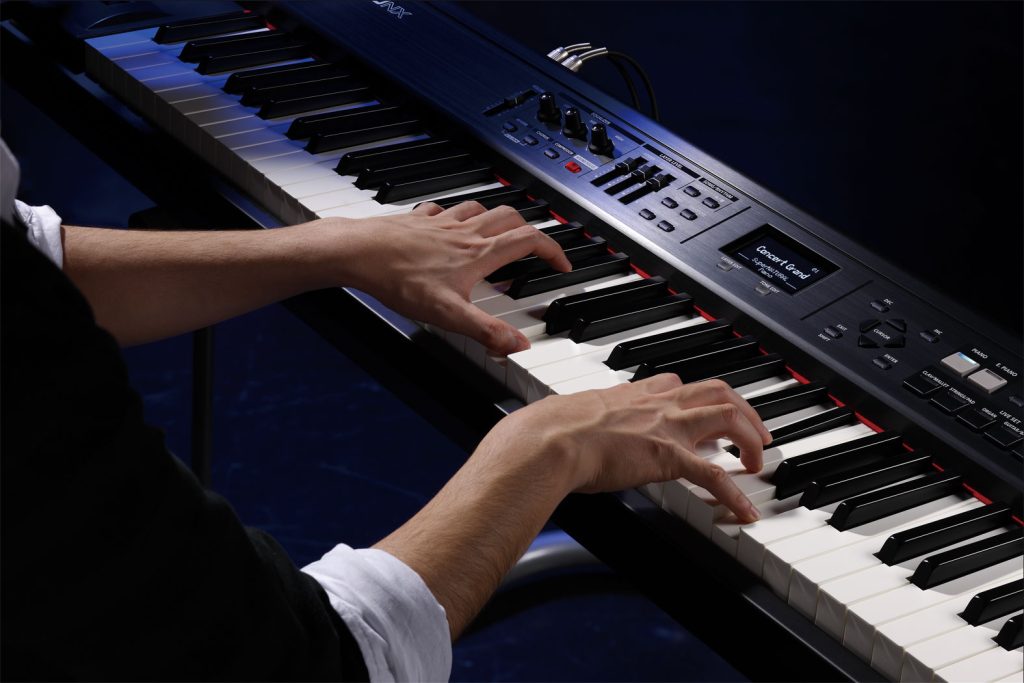
Perfect Harmony
The RD-700GX also included another significant improvement, the PHA-II Ivory Feel action which replicates the action of playing an acoustic piano. Pressing a key on an acoustic piano will trigger a slight click due to the hammer hitting the strings. On Roland digital pianos, the replicated sensation is called escapement.
Using proprietary material, Ivory Feel provided the same porous and tactile surface as genuine ivory without harming any elephants. This meant the keyboard had a texture similar to the ivory found on older acoustic pianos. It gave players a realistic and slip-proof feel even in sweltering stage environments, where sweaty hands can create issues.
The arrival of the RD-700NX and RD-300NX ushered in further development of keyboard action. The PHA-III with Ivory Feel keyboard used three independent sensors, which reacted 100x faster than standard sensors, to capture the musician’s exact playing. The NX editor iPad app made it easier than ever to customize an RD to a player’s specific stage requirements. It included fifty new synth-oriented live sets and gave an easily accessible visual representation of each part’s sound splits, layers, and effects settings.
"With dual sound engines powering the finest Roland acoustic and electronic pianos, plus superb ensemble sounds, the RD-2000 benefited from an innovative interface."
Another Leap
In 2014, the RD series took another leap with the RD-800. The RD-800 had a sleeker look and was more portable than any of its predecessors, perfect for the touring musician. Further enhancing the feel of a quality acoustic piano, the PHA-4 action keyboard offered Ivory Feel (on the white keys), an Ebony Feel (on the black keys), and high-resolution sensing technology.
The unique and powerful Tone Color knob allowed for dramatic alteration of several different aspects of the sound, specially optimized for each category. For example, the electronic piano category could morph between two classic sounds, allowing the player to find the perfect blend for their song.
The RD-2000: A Piano Odyssey
With dual sound engines powering the finest Roland acoustic and electronic pianos, plus superb ensemble sounds, the RD-2000 benefited from an innovative interface. Dual wave expansion slots allowed for additional sounds, while the PHA-50 Progressive Hammer Action keyboard with escapement provided stunning playability of the internal sounds. The instrument was also ideal as a master controller for software instruments and external modules.
This innovative keyboard featured hybrid keys constructed of wood and molded materials, combining a classic feel with rugged durability. Full keyboard polyphony, classic electric pianos from the ’60s, ’70s, and ’80s, plus authentic recreations of the legendary RD-1000 and MKS-20 were all features of the RD-2000. In addition, there are a number of powerful expansions for the RD-2000, including the Virtual Tone Wheel Organ Collection, classic synths, and historic RD tones.
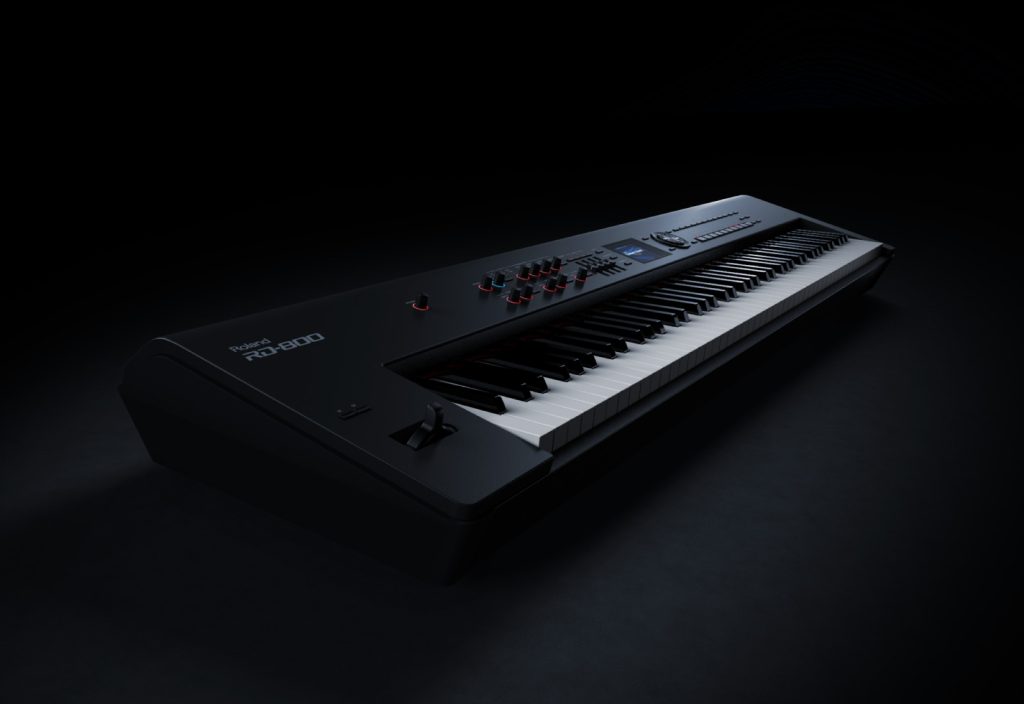
"Boasting the same PHA-50 keyboard as in premium Roland grand piano models, the RD-2000 EX also delivers hammer action, escapement, and unique hybrid wood/molded keys."
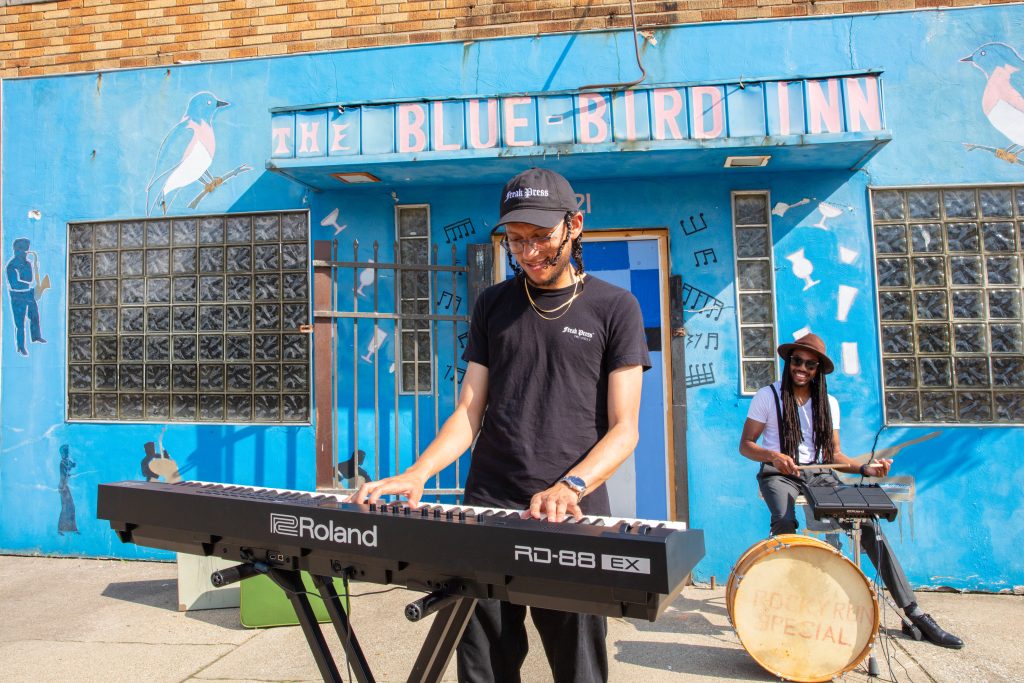
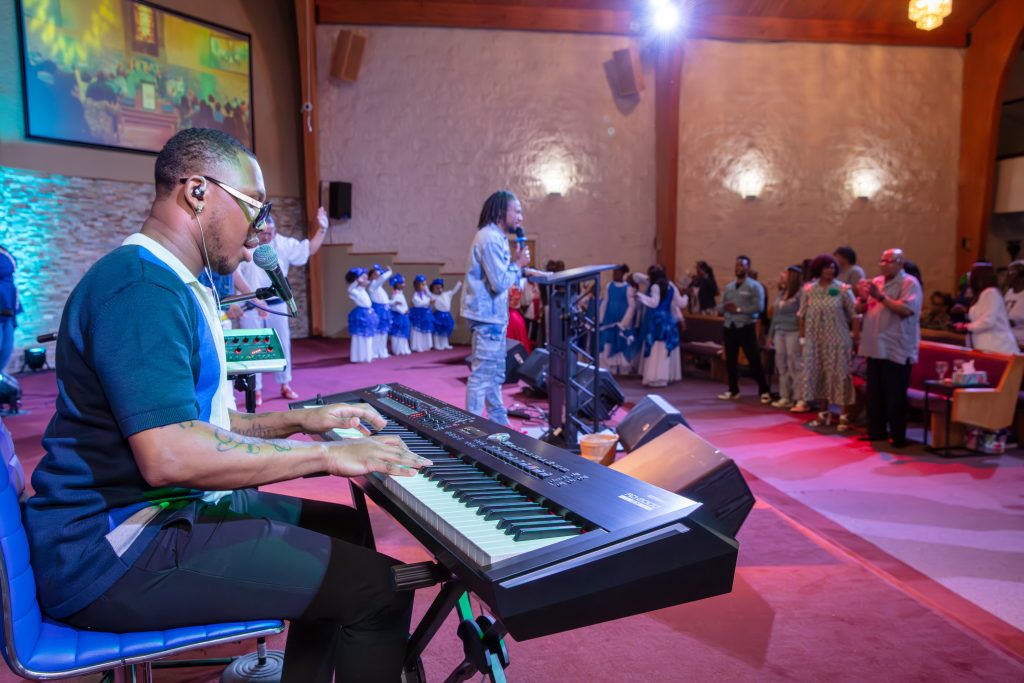
The EX Factor
Flash forward to 2024 and meet the latest additions to the RD family: the RD-2000 EX, RD-88 EX, and RD-08 stage pianos. Boasting the same PHA-50 keyboard as in premium Roland grand piano models, the RD-2000 EX also delivers hammer action, escapement, and unique hybrid wood/molded keys that blend acoustic feel with lasting durability. The RD-88 EX and RD-08 both feature the PHA-4 keyboard with escapement and Ivory Feel, enhancing playability while reducing weight, making them highly portable and ideal for gigging.
This trio of dynamic new instruments builds on the illustrious foundation of the RD legacy with fresh piano expansions and Roland Cloud connectivity. Upgrade packages for the RD-2000, RD-88, and RD-08 include a plethora of options, including V-Piano and SuperNATURAL Expansions, Wave Expansions, and more.
As always, the tradition of live performance permeates every aspect of RD design, blending intuitive controls with exquisite sound and modernized convenience. These instruments represent the absolute pinnacle of decades of steady development. Indeed, the line has never been more accessible or powerful. With its latest additions, the RD series continues to raise the bar for exceptional piano expression and stage-tough reliability. May the RD road go on and on.
